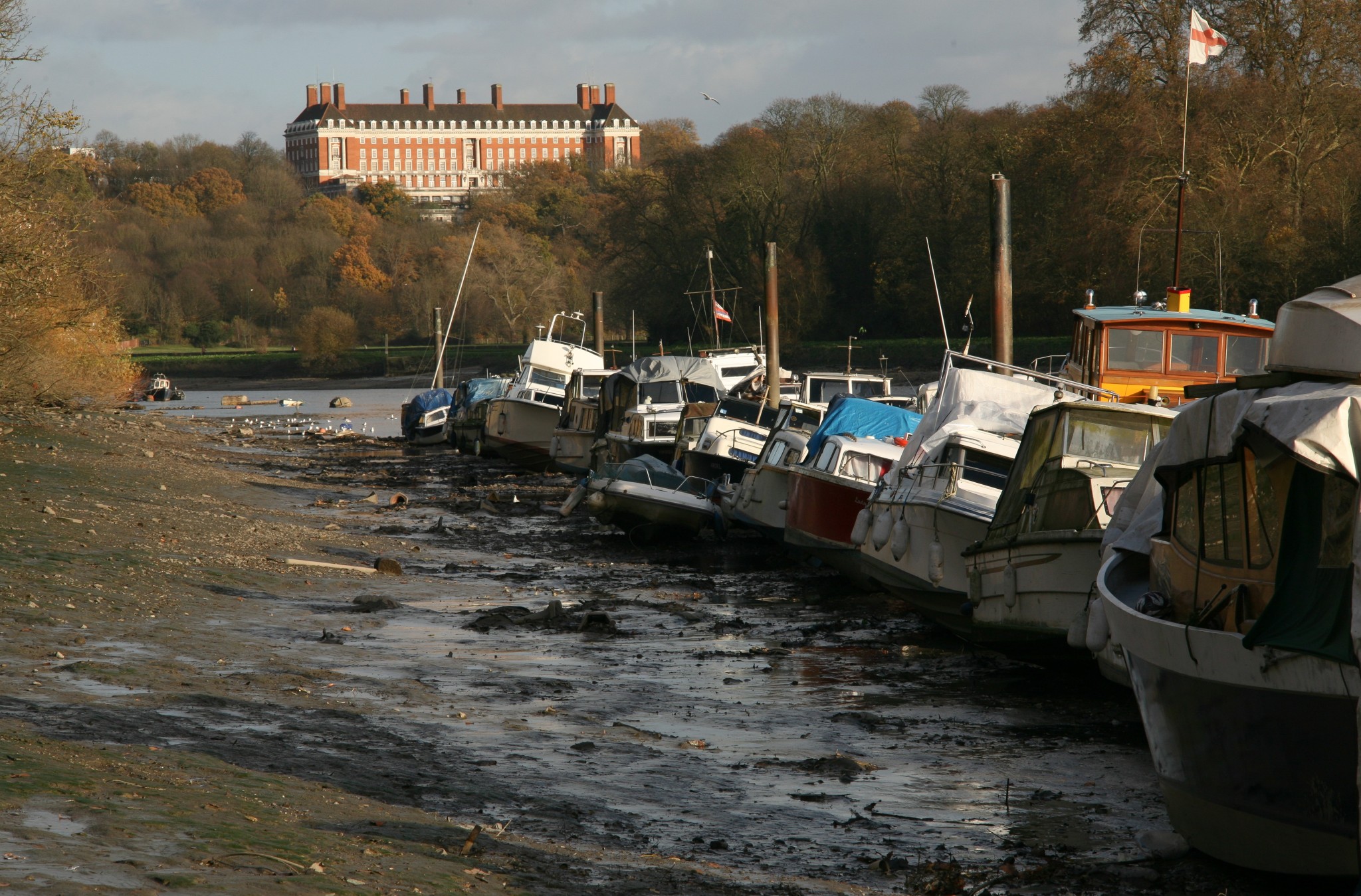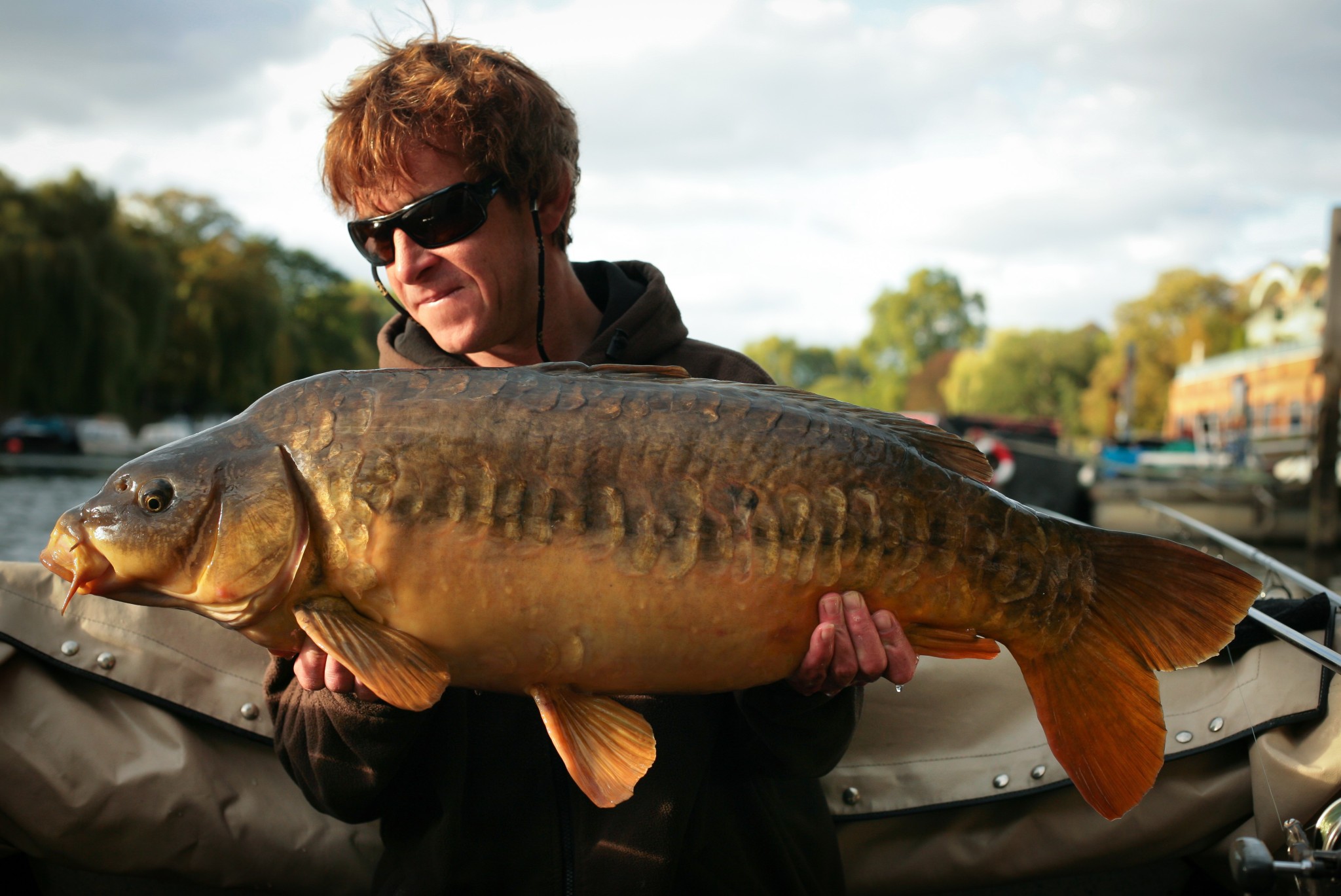With us already well into the river season I thought it was about time I did a tip or two on river carping. One question I’m often asked is, “Where should I start?”.
I know some of the larger rivers can seem a bit daunting at first, but the good thing is they’re normally very quiet with little in the way of angling pressure. The carp act quite naturally and so they’re often exactly where you’d expect them to be. I always start off by looking at an ariel image of my chosen stretch on Google Earth, as this is the easiest way of seeing where any good looking features are located, as well as sussing out the best places to park.
Then, once I’ve walked the stretch once or twice I simply pick and bait a couple of likely looking areas. Boatyards, entrances to marinas, islands, jetties, bridges and locks are all places that carp like to hang about. And when it comes to bait there’s no need to spend too much either. Vitalin, maple peas, peanuts, hemp, pigeon conditioner, corn and maize are all great feed baits for rivers, which won’t break the bank, and if you want to fish with boilies on the hair then just add a few to your mix.
Pre-baiting is nearly always worthwhile whatever type of venue you are fishing, but in flowing water it can really come into its own, pulling fish up from way downriver.
On most of the rivers I’ve fished I’ve generally found the top end of each section to be better in summer, and the bottom ends better in the winter. The top end is nearly always the most oxygenated, especially if there’s a weir-pool, and in warmer temperatures this is where your most likely to find fish. Look for the closest areas of cover immediately downstream from weirs, as well as around lock gates, as these are another great oxygenator, especially when theres plenty of boats passing through in the summer time.
Other areas that carp like to hold up in times of hot weather are places where the river narrows up, maybe where it splits into two each side of an island for example. I can think of a couple of different stretches of the Thames where the only barbel for miles happen to live in the narrower channels each side of the islands, and with good reason. The water either side of the islands isn’t so much more oxygen saturated like the weirs and locks, but it is more pacy, and to big fish such as carp or barbel which just want to hold their own in the flow, that still means more water passing through their gills.

‘I’ve often found that the carp like to venture into areas which were either dry land or too shallow only a short while before…’
Another tip but one more specific to tidal rivers is to first, know your tides, and second, make sure to choose your spots based on depths. It’s little use baiting an area which looks lovely at high tide only to turn up to fish when it’s low. On the stretch of tidal Thames which I fish the water can easily come up ten feet or more on a high tide, and at these times I’ve often found that the carp like to venture into areas which were either dry land or too shallow only a short while before. It’s also been noticeable how areas which myself and friends have been getting plenty of action from on a low tide, often go quiet on a high tide.
Nowadays we move to spots with shallower ground on a high tide, which from the boat means lifting anchor, but from the bank it might just mean dropping the baits closer in beneath the tips. Carp just love to investigate new ground, even if they can only get up onto it for a couple of hours. When it’s tidal with a twice a day routine they’ve got plenty of time to take advantage, and they certainly seem to know when it’s coming.
Whatever type of river that I’m fishing, tidal or non tidal, once I’ve chosen a couple of likely looking spots, and I’ve baited each maybe two or three times over the course of a few days, I’ll then just drop in for an overnighter, or sometimes even a short morning or evening trip.
If there’s carp about then the action quite often comes straight away, and I can think of a few occasions where I’ve been lucky enough to have a couple in the landing net at the same time after both rods have gone literally within minutes of casting out. On the other hand, if nothing happens after a night then it’s not normally worth fishing a second in the same place, better to move onto your next baited spot and give that a try instead. Sometimes it’s just a process of elimination, if they aren’t in one area then there’s an even better chance they’l be in the next.
That’s several pointers in one there, and if you’ve never given river carping a try then the next few weeks really is the time to have a go. The carp have finally got spawning out of the way, and from now through until late autumn their main interest is bulking up before the colder weather arrives.
Be lucky,
Tel.
